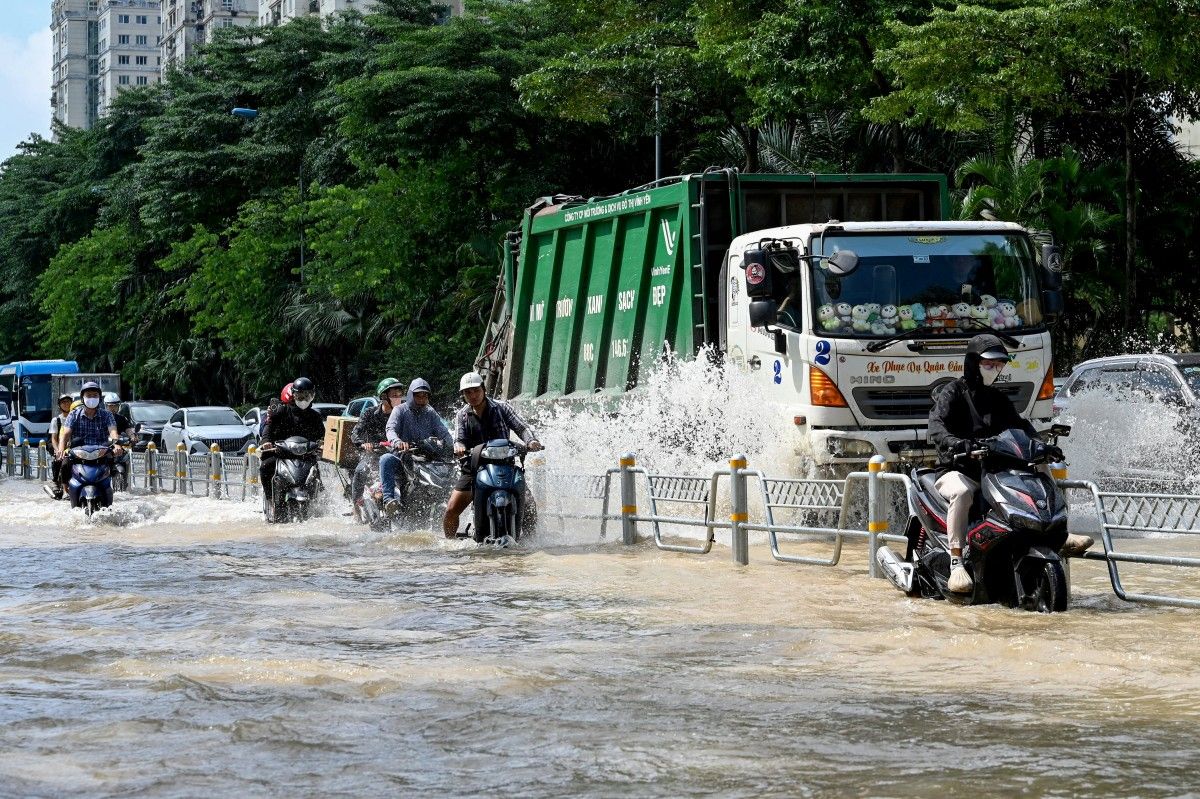
The death toll from Typhoon Bualoi and the catastrophic floods that swept through Vietnam has climbed to 51, with 14 people still missing and 164 injured, according to a report released by the Vietnamese government’s disaster management agency on Friday.
The powerful storm made landfall on Monday in north-central Vietnam, unleashing torrential rains, destructive winds, and massive sea surges that crippled communities, destroyed homes, and disrupted essential infrastructure.
Authorities said economic losses from the typhoon have surged to an estimated 15.9 trillion dong ($603 million) — a sharp increase from 10.6 trillion dong ($435.8 million) reported just a day earlier. Roads, schools, and government offices suffered extensive damage, while widespread power outages left tens of thousands of families in darkness.
The storm also wreaked havoc on livelihoods, flooding or destroying over 230,000 homes and devastating nearly 89,000 hectares of rice fields and other crops.
Though no major industrial facilities have reported critical damage, the affected region includes key manufacturing plants operated by Foxconn, Formosa Plastics, Luxshare, and automaker VinFast.
In the wake of the disaster, the State Bank of Vietnam has directed financial institutions to assist businesses struggling to recover.
Deputy Governor Pham Thanh Ha said banks have been advised to restructure or suspend loan payments for companies hit by the typhoon in order to stabilise local economies.
Vietnam — a vital manufacturing hub in Southeast Asia — is increasingly vulnerable to climate change-driven extreme weather, with Typhoon Bualoi marking one of the deadliest and costliest storms to hit the country in recent years.
The disaster has once again underscored the urgent need for stronger resilience measures to protect vulnerable communities and critical supply chains.



